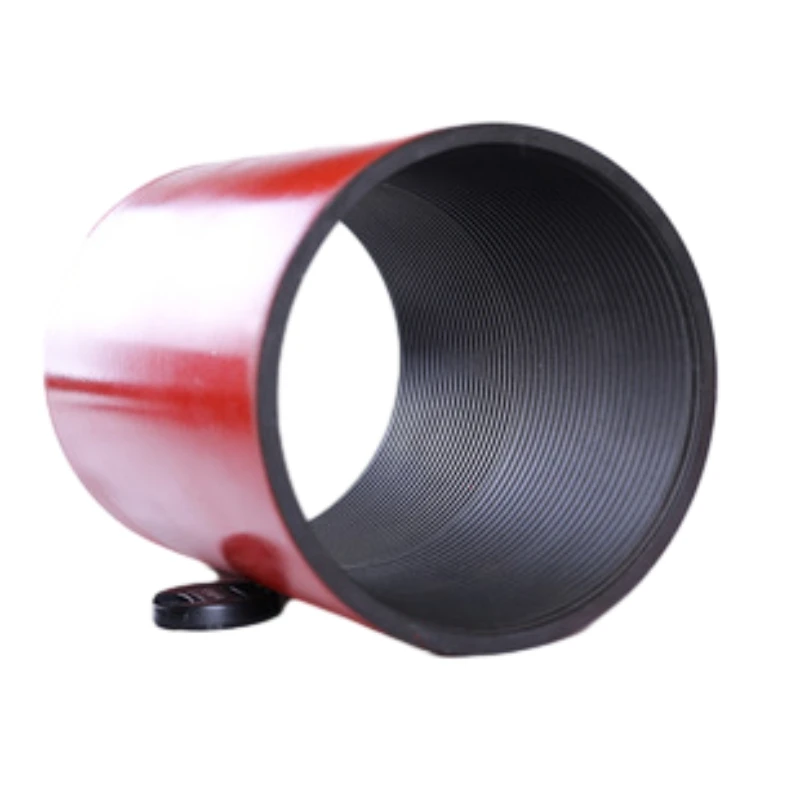- Afrikaans
- Albanian
- Amharic
- Arabic
- Armenian
- Azerbaijani
- Basque
- Belarusian
- Bengali
- Bosnian
- Bulgarian
- Catalan
- Cebuano
- Corsican
- Croatian
- Czech
- Danish
- Dutch
- English
- Esperanto
- Estonian
- Finnish
- French
- Frisian
- Galician
- Georgian
- German
- Greek
- Gujarati
- Haitian Creole
- hausa
- hawaiian
- Hebrew
- Hindi
- Miao
- Hungarian
- Icelandic
- igbo
- Indonesian
- irish
- Italian
- Japanese
- Javanese
- Kannada
- kazakh
- Khmer
- Rwandese
- Korean
- Kurdish
- Kyrgyz
- Lao
- Latin
- Latvian
- Lithuanian
- Luxembourgish
- Macedonian
- Malgashi
- Malay
- Malayalam
- Maltese
- Maori
- Marathi
- Mongolian
- Myanmar
- Nepali
- Norwegian
- Norwegian
- Occitan
- Pashto
- Persian
- Polish
- Portuguese
- Punjabi
- Romanian
- Russian
- Samoan
- Scottish Gaelic
- Serbian
- Sesotho
- Shona
- Sindhi
- Sinhala
- Slovak
- Slovenian
- Somali
- Spanish
- Sundanese
- Swahili
- Swedish
- Tagalog
- Tajik
- Tamil
- Tatar
- Telugu
- Thai
- Turkish
- Turkmen
- Ukrainian
- Urdu
- Uighur
- Uzbek
- Vietnamese
- Welsh
- Bantu
- Yiddish
- Yoruba
- Zulu
Dimensions and Specifications for Casing Couplings in Oil and Gas Industry
Casing Coupling Dimensions Essential Considerations in Well Construction
In the field of oil and gas drilling, the integrity and success of well construction depend heavily on the careful selection and implementation of casing and coupling dimensions. The casing is a series of steel pipes laid into a wellbore to stabilize the well and prevent fluids from entering the surrounding formations. Couplings, on the other hand, are the connectors that join these casing sections together. The proper sizing of these components plays a critical role in ensuring the wellbore's structural integrity, safety, and overall performance.
Understanding Casing Dimensions
Casing dimensions are defined by a combination of factors including outer diameter (OD), wall thickness, and length. The outer diameter is crucial as it determines the amount of space available in the wellbore and influences the choice of drilling tools and the overall design of the well. Wall thickness is equally important since it must withstand external pressures from earth formations and internal pressures from well fluids. A thicker wall may provide increased strength but can also add weight and cost.
Casing dimensions are standardized under various specifications, the most commonly referenced being the American Petroleum Institute (API) standards. These standards ensure that the casing can endure the operational conditions expected in various environments, such as deep-water drilling or shale formations.
Coupling Dimensions and Functionality
Couplings are typically either threaded or welded connections that create a seamless link between casing sections. The dimensions of couplings must match the casing they connect to ensure a secure fit that can withstand both tensile and compressive loads. Couplings are designed to provide robust connections while minimizing the chances of leaks during production.
When selecting coupling dimensions, factors such as the anticipated pressure and temperature conditions, as well as the type of fluids that will be processed, must be considered. For instance, high-pressure wells may require special types of couplings with enhanced strength and safety margins.
Factors Influencing Casing and Coupling Choices
casing coupling dimensions

Several key factors influence the choice of casing and coupling dimensions for any given project
1. Geological Conditions Different formations exhibit varying degrees of pressure, temperature, and corrosiveness. Casing materials must be chosen based on these conditions to ensure longevity and reliability.
2. Well Depth As the depth increases, the pressure and temperature conditions become more extreme. As a result, deeper wells often require thicker casings and specially designed couplings to withstand these external forces.
3. Type of Operation The intended use of the well—whether for oil production, gas extraction, or geothermal energy—will also dictate the required casing and coupling specifications.
4. Regulatory Standards Compliance with local and international regulations is paramount. Casing and coupling dimensions must align with these guidelines to ensure safe operation and avoid legal repercussions.
5. Economic Considerations Cost is always a factor in oil and gas projects. While thicker casings may provide more strength and safety, they also come at a higher price. A careful balance must be struck between safety, regulatory compliance, and cost-efficiency.
Conclusion
In conclusion, casing and coupling dimensions are vital elements in the design and construction of wells in the oil and gas industry. Understanding the various standards and factors influencing these dimensions is crucial for engineers and operators to ensure the integrity and efficiency of a well. With advancements in materials and technology, there is a continued evolution in the design of casing and coupling systems, promoting safer and more efficient oil and gas extraction methods. As the industry progresses, ongoing attention to these critical components will remain essential for successful well operations.
-
Tubing Pup Joints: Essential Components for Oil and Gas OperationsNewsJul.10,2025
-
Pup Joints: Essential Components for Reliable Drilling OperationsNewsJul.10,2025
-
Pipe Couplings: Connecting Your World EfficientlyNewsJul.10,2025
-
Mastering Oilfield Operations with Quality Tubing and CasingNewsJul.10,2025
-
High-Quality Casing Couplings for Every NeedNewsJul.10,2025
-
Boost Your Drilling Efficiency with Premium Crossover Tools & Seating NipplesNewsJul.10,2025







